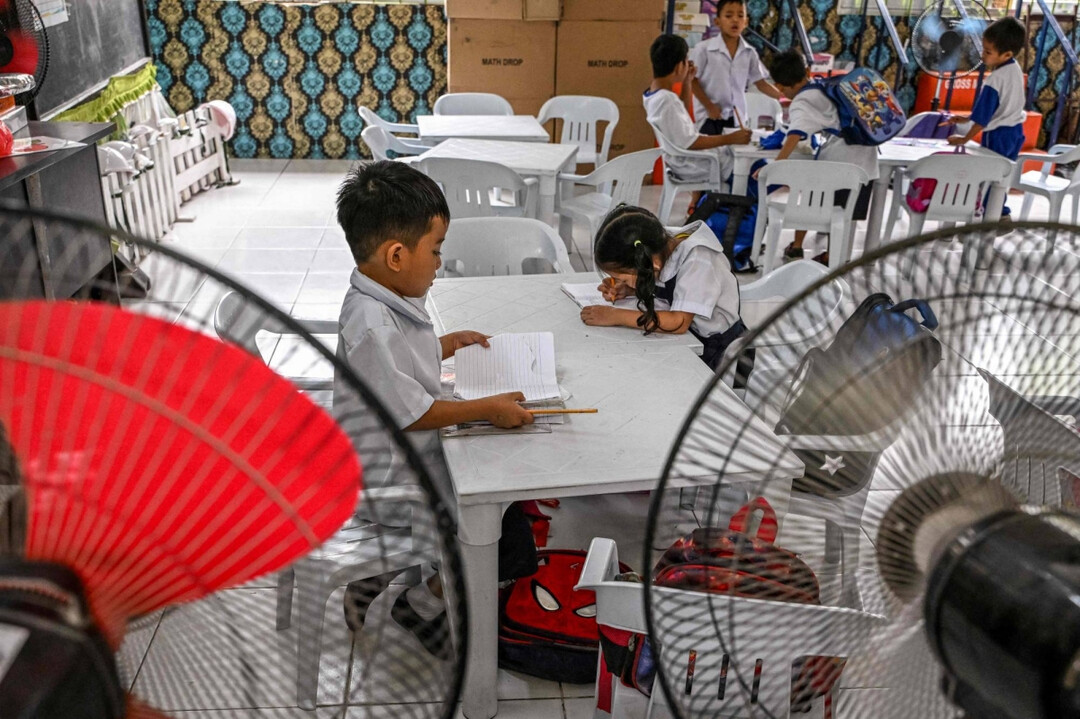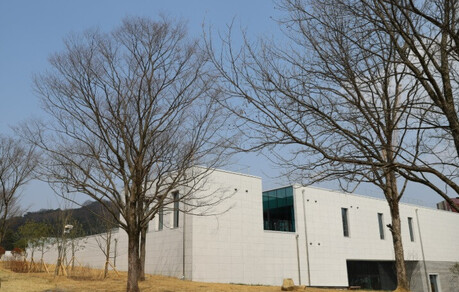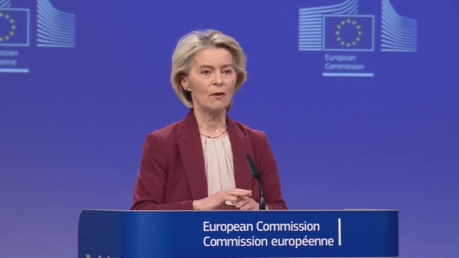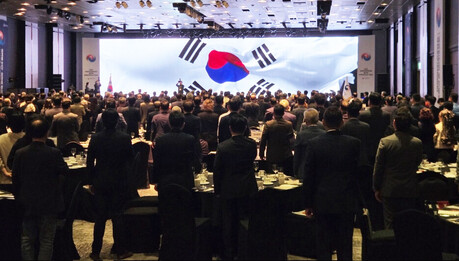
The island nation of the Philippines in Southeast Asia is suffering from a record-breaking heatwave. In Manila, the capital, kindergarten teacher Lolita Akim tirelessly operates five electric fans amidst the scorching heat, struggling to keep the attention of her sweat-drenched young students. Last year, the Philippines experienced an unprecedented heatwave that forced millions of students to stay home, marking a stark example of the severe impact of climate change on the education sector, beyond a temporary weather anomaly.
The Philippine government has moved swiftly to address this situation. The current academic year began two months earlier than usual, adjusted to conclude before the peak heat expected in May. Furthermore, various efforts are underway to prevent students from being exposed to the midday sun, including rescheduling class times and equipping schools with more electric fans and water fountains. This vividly illustrates the Philippines' struggle to adapt to high temperatures caused by climate change, despite limited resources.
Kindergarten teacher Akim is on the frontline of these changes, battling to ensure the safety and learning engagement of her young students. She laments the difficulty of caring for five-year-olds, saying, "In this weather, the children are soaked in sweat, easily irritated, and unable to sit still. It's much harder to get them to concentrate." According to the Department of Education, approximately six million students lost up to two weeks of classes due to last year's heatwave, during which Manila's temperature soared to a record high of 38.8°C. In classrooms lacking air conditioning, students faced severe conditions including heatstroke, nosebleeds, and even hospitalization.
Scientists point to such extreme heat as a clear sign of climate change driven by the burning of fossil fuels like coal, oil, and gas. Last year's heatwave was exacerbated by a coinciding El Niño phenomenon. However, this year's situation is also precarious. In March, nearly half of Manila's schools were forced to suspend classes for two days when the heat index reached 'danger' levels.
Wilmer Agustin, an expert at the state weather bureau, noted, "We have been reporting the heat index since 2011, but it is only recently that it has become exceptionally hot," attributing the cause to "El Niño and climate change." He predicts that most areas will reach 'extreme caution' to 'danger' levels on the government's heat warning system this year, warning of even more severe conditions in April and May. Indeed, last Friday, numerous schools in Manila closed as temperatures climbed to 34°C, and the state weather bureau forecast that the heat index in at least five areas would reach dangerous levels.
While alternative learning methods such as online classes were partially utilized during last year's school closures, the undersecretary for operations at the Department of Education, Jocelyn Andaya, assessed that "the impact on the overall education of students was significant." Consequently, the Philippine government is implementing various measures this year to prevent further learning losses. Class hours have been shortened to four hours a day to avoid the intense midday sun, and each classroom has been equipped with at least two wall-mounted fans and water fountains. Some newly constructed schools have heat-reflective roofs, and larger schools have deployed nurses. Given that only 3% of students affected by last year's heatwave had access to online learning, printed learning materials have also been prepared for students who inevitably have to stay home.
However, Noel Gelyua, the principal of Benigno Aquino Elementary School, asserts that "there is no real substitute for face-to-face learning." There are also practical constraints, with the Department of Education's budget for climate adaptation, infrastructure, and disaster preparedness being only 10 billion pesos (approximately 230 billion Korean won). The Philippines faces a chronic shortage of classrooms, with Manila alone needing an additional 18,000 classrooms. Public schools in Manila operate on double-shift schedules, with up to 50 students sharing cramped spaces of about 63 square meters, further exacerbating the heat problem.
Ella Azmi Araza, a fifth-grade student, can only attend school four days a week due to the classroom shortage. On Fridays, she has to study in bed with her younger brother, who suffers from epilepsy, in their windowless 9-square-meter concrete block house. Three electric fans are always running in the small room, but the heat at home is also intense. Ella's mother, Sindella Manabat, worries more about the conditions at school than at home, noting that her daughter coughs when she returns from school. She makes sure Ella always carries a water bottle to prevent dehydration.
Across from Benigno Aquino Elementary School, eighth-grade students at Corazon C. Aquino High School aimed small portable fans at themselves while tackling an algebra quiz. Two of the four ceiling fans in the classroom were broken, and the remaining two were insufficient for the 40 students. Lizadel Manzano, a teacher at this school, lamented, "Teaching in this heat is very difficult. Motivating the children is a real challenge."
According to Principal Reynora Laurenciano, the school abolished the mandatory wearing of uniforms earlier this year and distributed donated tracksuits and T-shirts to the students from the city. Both schools are located in Baseco, a densely populated impoverished area, and she added that home environments can be much worse than school. Principal Laurenciano shared the heartbreaking reality: "When you ask the children, they consider school a safer place."
The education sector in the Philippines is struggling to withstand the enormous wave of climate change. The dedicated efforts of teachers to ensure students' right to learn and protect their safety amidst limited resources and harsh conditions are moving. However, this cannot be a fundamental solution. More proactive responses to climate change and sustained investment and attention to improving the educational environment are desperately needed. It is hoped that the Philippines' education sector will no longer be a vulnerable target of climate change but will be transformed into a haven of hope where future generations can grow safely and healthily.
[Copyright (c) Global Economic Times. All Rights Reserved.]




























